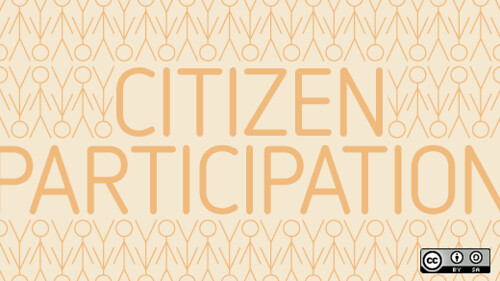Participatory Conferences And Events: Participatory Design Or Design For Participation?
Here’s a test.
Pick which statement best defines a participatory conference.
A. Conference organizers invite prospective attendees to participate in the development, design and planning of a conference experience.
B. Conference organizers design a conference experience using an intentional internal design process however once the conference begins, it invites attendees to contribute, participate and interact.
Which did you choose?
The Outcome Of Each Method
So what happens with each method listed above?
The result of A
The conference starts. It looks a lot like other traditional conferences. The speakers were picked by a committee made of like-minded individuals. Or the speakers were crowdsourced and voted on by the general public.
The result of B
The conference experience is dynamic and evolves as each participant contributes their experiences, questions, ideas and thoughts. The experience is highly interactive with attendees participating to the degree they want.
The Challenges Of Each Method
Obviously, each method has some pros and cons. Here is the often overlooked dilemma for each process.
Challenges with A
Sometimes, the committees that approve and pick speakers default to their least common denominators. Because they are not experts in each field, they cannot identify what the critical issues are that should be taught.
Often, the committees that approve and pick the speakers are not experts in presentation design. They don’t understand education or learning. They just know what they personally like. And their personal tastes usually don’t align with the majority of the audience.
Sometimes, when the speakers and content are crowdsourced, it becomes a popularity contest. Voters pick speakers that they like or perceive as best for them. They don’t vote for innovative or out of the box topics because they don’t have previous experience with it.
Challenges with B
The audience may be inhibited and may not feel comfortable participating. Or a speaker may coerce or strong-arm people into doing something that don’t want to do. People may feel tired and over-extended and just want to escape, not participate.
Participatory Design Vs. Design For Participation
Which did I choose? Both.
The examples I gave pose the challenge between conferences that employ “participatory design” and those that “design for participation.”
Participatory Design: Example A
In example A, the design process of the conference is participatory. You invite a select group of individuals to secure topics, speakers and provide feedback. The intent is to be innovative in the process.
Those that employ participatory design want to give their members or leaders a voice in the process. Or they want to employ an open and transparent process.
The unfortunate thing is that the conference participant experience is often not altered by the innovative process that created it. Do attendees really want to know which individuals were involved in selecting speakers? Does knowing who picked the speakers change the image of the organization?
Design For Participation: Example B
In example B, the conference experience is highly participatory. It evolves and changes to the extent that each registrant gets involved. The intent is to get the conference registrant involved in learning.
it means designing experiences that involve audiences. It’s easy to book a speaker for a passive audience. It’s more difficult to secure a speaker/facilitator that uses audience participation.
Which Is More Important?
While being transparent about how speakers are selected is a good thing, it doesn’t cause people to register for the event. The best thing is when each registrant feels like they have the opportunity to contribute to the conference experience and feel as if they are being heard and appreciated.
For me a participatory conference is one that allows registrants to actively participate in the design and the experience is highly participatory.
So do you need a participatory process to produce a conference experience that is participatory? Do participatory conferences require participatory design, design for participation or both? Time to weigh in with your thoughts.



Wonderful situation and really useful as a stage one for conference arcitechs. But luckily there is a middle ground in our industry as we design these events we should be able to structure them so much better. I think our industry events should be constructed by an experienced expert using input from our event industry. I think thatvis the best way to structure a great conference. Hopefully Eibtm will prove that. There I one very experienced organiser in charge of the programme; not a committee; not past ex non experienced practical organisers, so a real opportunity to see if the theory works.
‘@William
Thanks for sharing that with us. I agree that experts can help. I also think that education experts can help the event gurus design experience that are interactive and include participation.
I am looking forward to seeing how EIBTM play out with your involvement. Here’s to your success. Also, thanks for reading too.